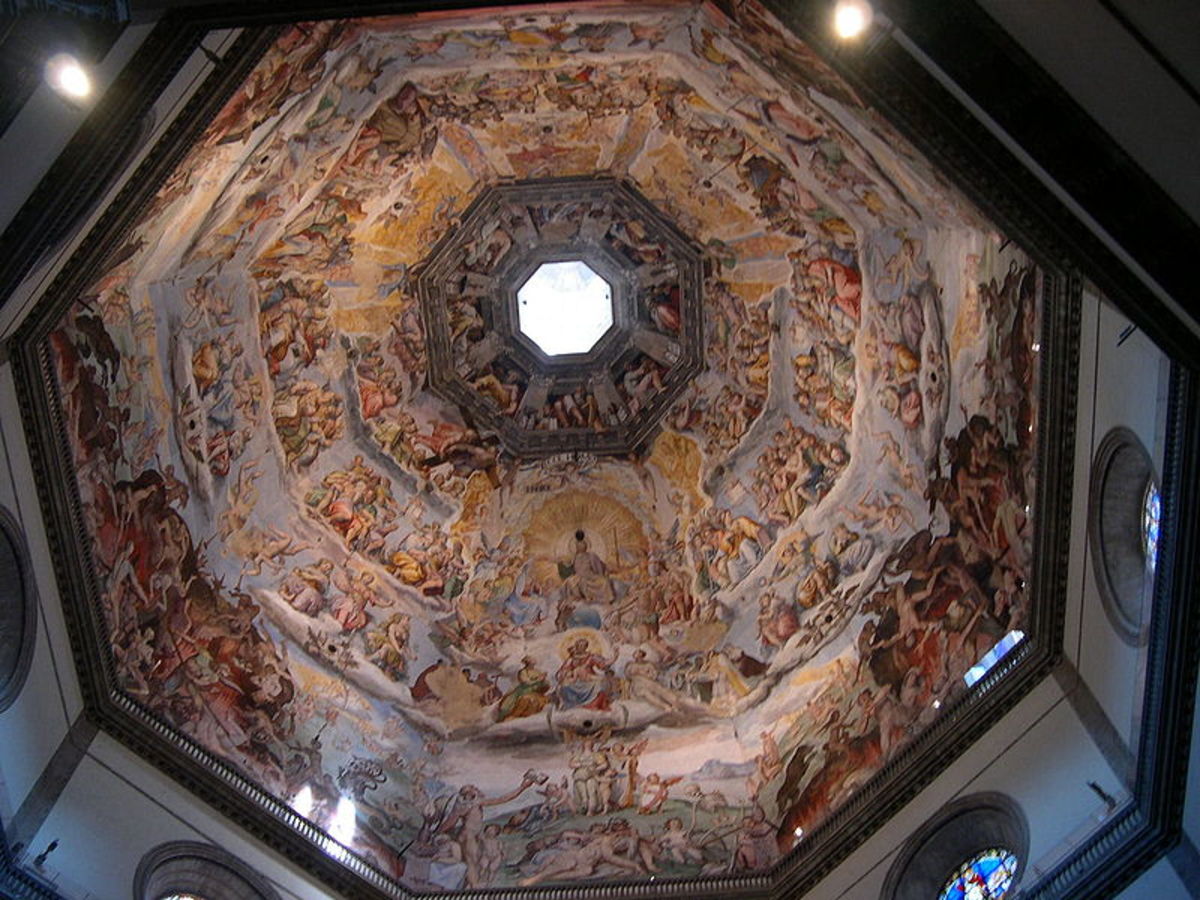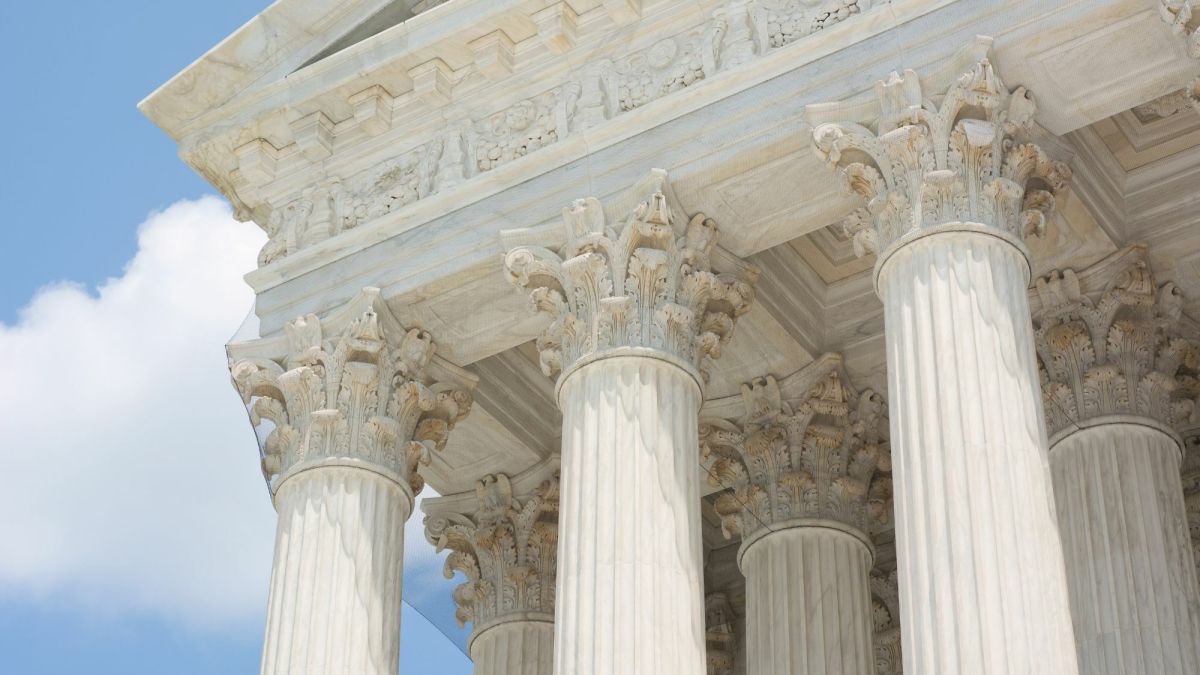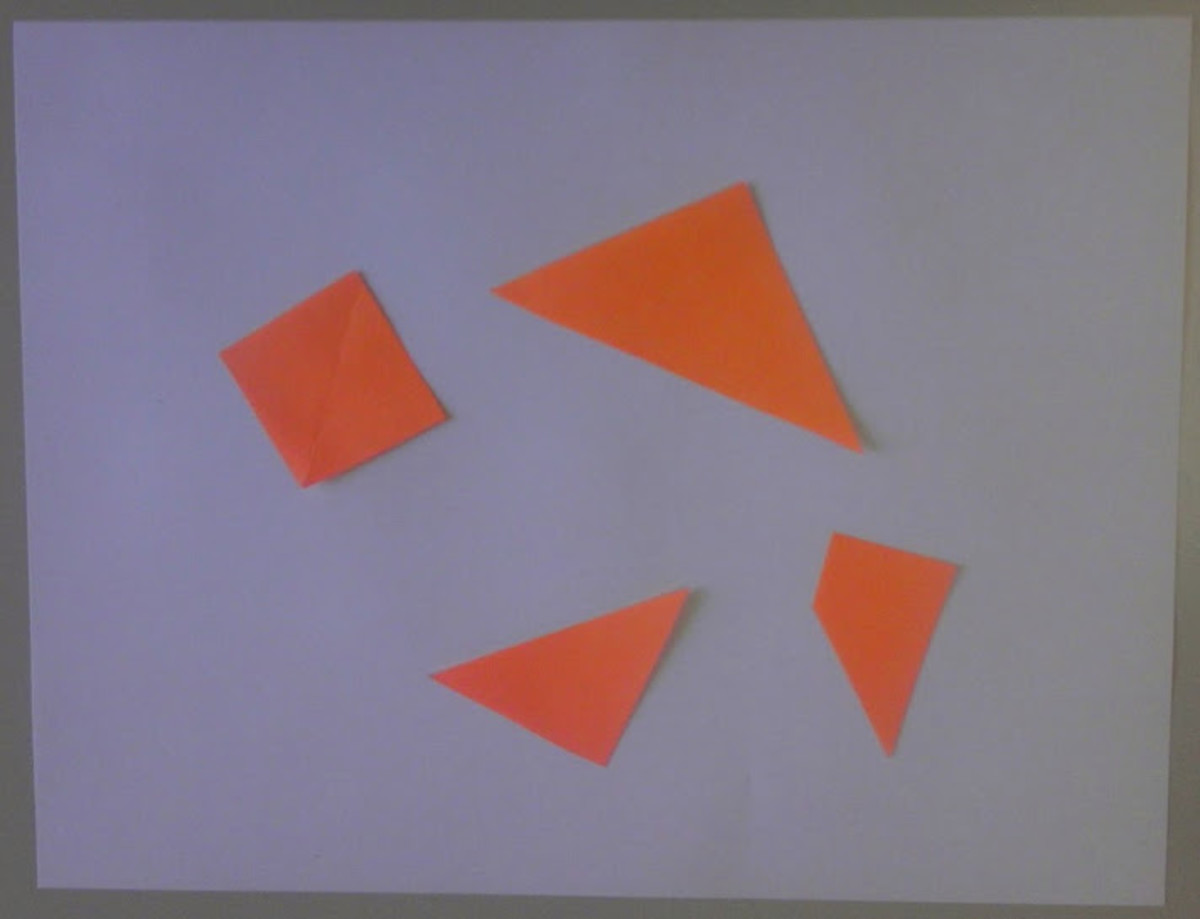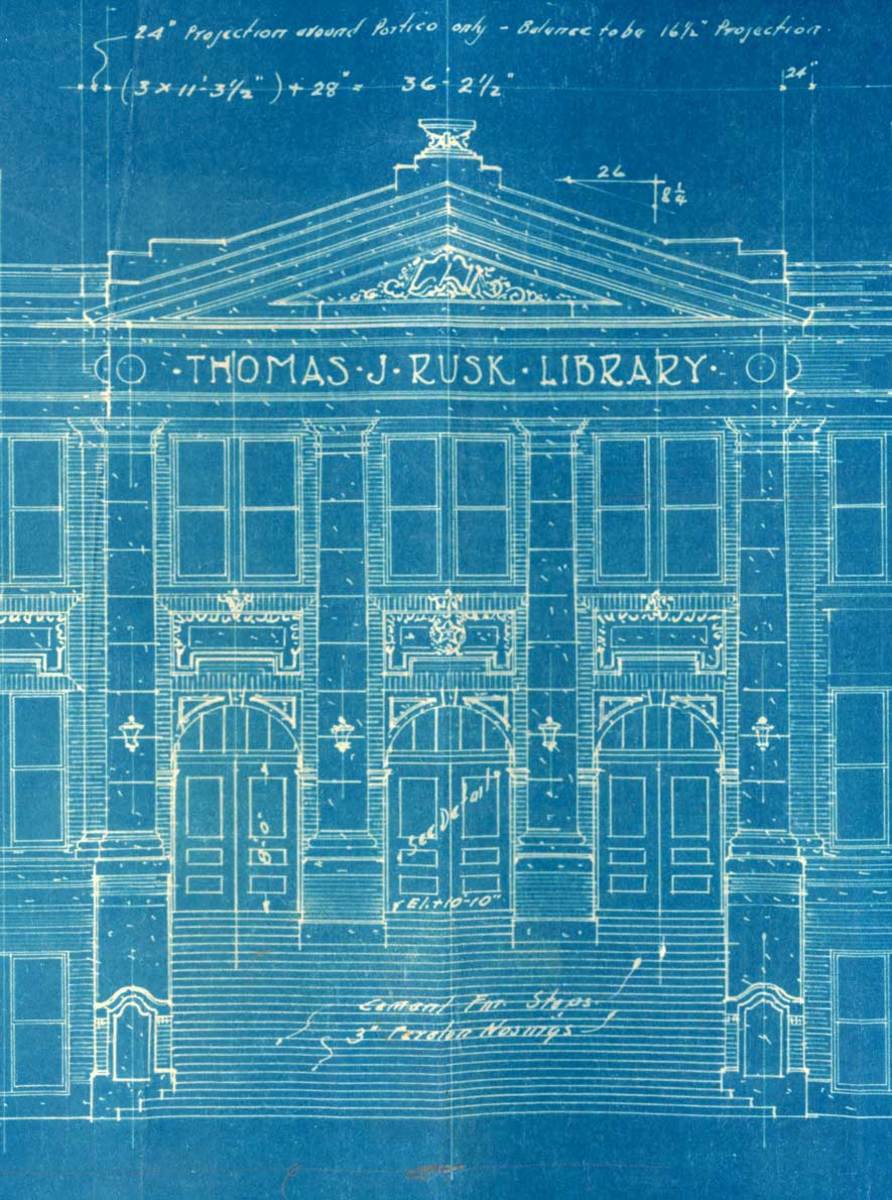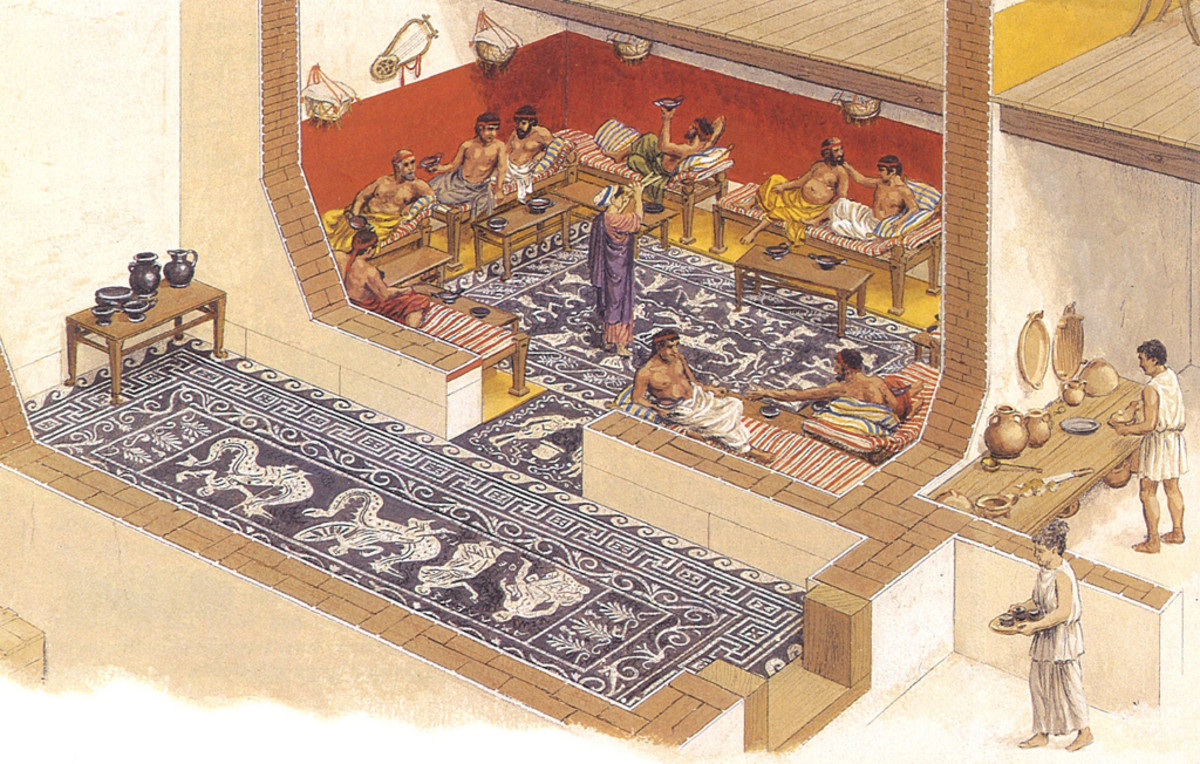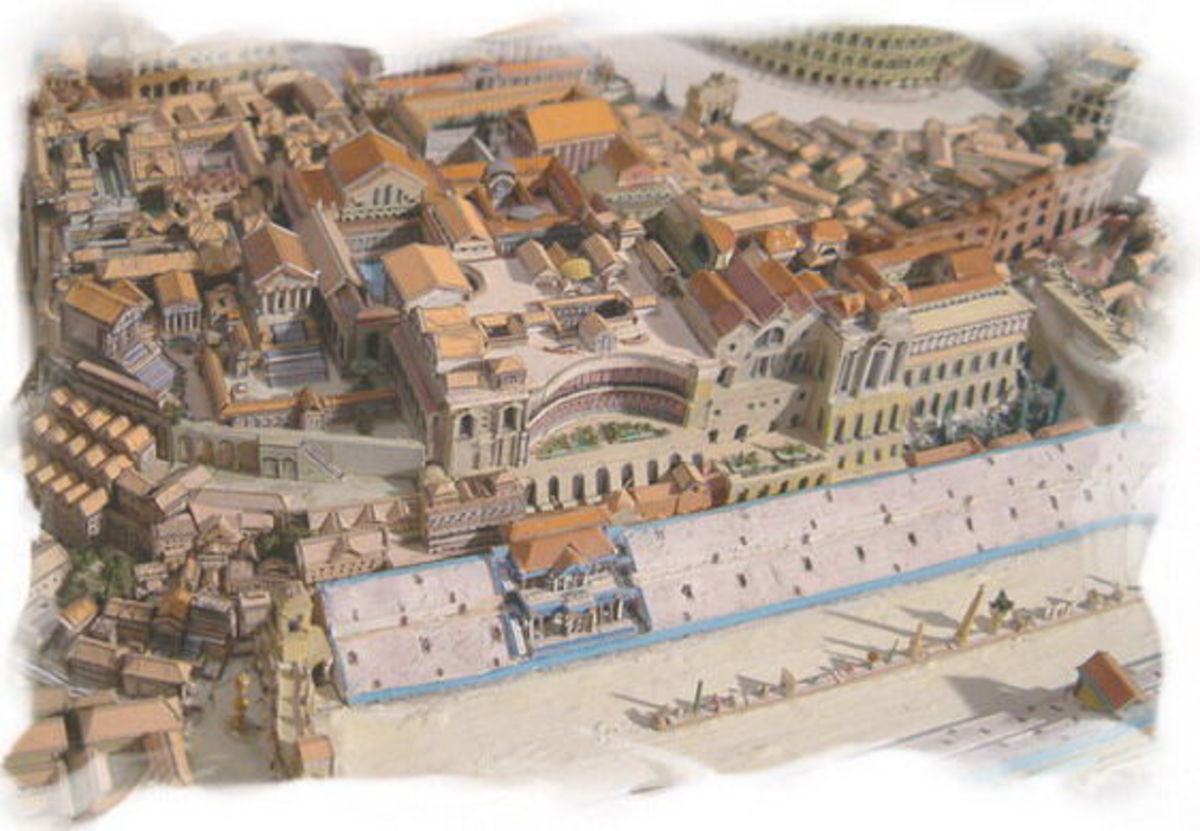Masjid Architecture
Meaning
The prophet of Islam has said: “The entire earth has been made Masjid for me.” This prophetic tradition explains the earthly character of human life. Association of man and soil is eternal and its greatest charm is witnessed while man is in Sajdah on soil. The place where Sajdah is performed is Masjid. The Arabic term Masjid is derived from 'Sajada" meaning to prostrate. The initial 'm' in Masjid stands for 'place' - as is the case with 'makaan', 'manzil', 'maktab', maqtal', 'maqbara', 'majlis', 'madrasah and so on. In all of these words the initial 'ma' stands for 'place'. Hence 'masjid' means place for sajdah. The Earth is the soil on which man performs sajdah. The purpose of man's life on earth is to worship his Lord and thus the earth becomes a masjid. The said prophetic tradition is an expression of this same theme.
purpose & origin
It is important to note that when we build a separate Masjid we do not isolate the place from the rest of the earthly domain, instead we sanctify the earthly domain by erecting a sanctuary on it. Again it is an effort to establish meaningfulness of the terrestrial existence by relating it to its real purpose. Erecting a Masjid is not an act of separation; it is an act of developing a nexus to connect. It denotes the purpose of human existence on earth.
Masjid as a place of worship derives its origin from commands of Allah only. The theme and plan of Baitullah came down to Ibrahim (A.S.) through divine command. the first Masjid of Islam in Medina too bears historical narrations of divine command in respect to its dimensions and location. A Masjid in its essence is not a man made or mutually agreed upon structure. It is Allah’s command that: “These are the houses Allah has permitted to raise and remember his adorations there.” In decorating the Masjid premise too, the divine command guides: “And secure your resplendence at every Masjid.”
Function & Theme
Congregation is the theme of a Masjid or a Jami’. Literally Masjid is a place for prostration and Jami’ a place to assemble. To a believer these two terms together define the place of worship. Islam encourages congregation in prayers. Likewise Islam does not approve of assemblies not promoting worship. The way to salvation lies in praying together. This process is best expressed in the term Jami’ Masjid (Jami' meaning 'collecting and Masjid meaning 'place for worship').
Every Masjid necessarily invites towards the process of assembling. If you are too busy with your commercial activities, you ought to at least march up to a market Masjid (also known as 'Musalla') when the call to prayer is made. As per the prophetic traditions the reward of such a prayer is 12 times greater in comparison to the one observed in isolation by a single individual. It is more desirable that you daily proceed to a Masjid built in your residential area where comparatively a larger gathering attends. The reward in this case is 25 folds. However, once in a week every Muslim is supposed to proceed to a congregational Masjid (a Jami' Masjid) to join a bigger assembly. The reward of prayer in a Jami' is 100 folds. Once a year Muslims of the entire city and the surrounding places are called upon to assemble in a bigger Musalla or Idgah. Then once in life time entire Muslim population on earth is entitled to assemble at the place towards which they directed their countenance throughout their lives in various Masjids. The reward of such a prayer is equivalent to a 100 thousand prayers. The assembling process does not stop here. Allah wants Muslims of all ages assemble together on the Day of Resurrection. In this respect Masjid is not only a place of worship it is rather an assembling process culminating in the ultimate deliverance of believers. The beauty of this assembling process lies in the posture of Sajdah which provides nomenclature to Masjid and is also the easiest way to proceed to Allah.
Four Architectural Features
Such is the architecture of a Masjid. When we say 'architecture' we mean theme of a structure. The theme of a Masjid formulates its architecture. To fulfil the above theme we may enumerate the following four architectural features which may be termed as characteristic ones for a Masjid:
· A qiblah-ward orienting Mihrab wall
· A main entrance facing the Mihrab
· Spacious rectangular interior to accommodate the assemblies
· Every possible decoration to glorify the qiblah
These are derived from the Quranic verses:
· And turn your faces towards the Masjide Haram
· And enter the door by Sajdah
· And stand facing every Masjid
· And undertake your adornment to every Masjid
The rectangular interior is by the divine command. Ka'bah literary means a cube. In Medinah two early Masjids - Masjide Quba and al Masjid al Nabawi - are built by the prophet of Islam in rectangular form by the command of Allah. There are various prophetic traditions and historical records to establish this fact. Scholars who have attributed the rectangular feature of a Masjid to other non Islamic ancient temples are generally those who have not approached its studies through Arabic language. Without referring to the Qur'an and the prophetic traditions no study of Masjid architecture could begin.
Secular Derivation
Western authors have tried to establish that Masjid as an architectural monument is a later development and has evolved outside the spiritual domain of Islam. Robert Hillenbrand says: “Pared down to its essentials, the mosque is, not a building at all, but simply a space set aside for prayer. It follows that the entire history of the mosque as an architectural form takes place within the secular domain.”
What Mr. Hillenbrand has denied is the Qur'anic verse: 'The first house (i.e. a building) laid down for people is the one in Mecca'. This denial may be tolerated as the author is a non believer and wants to analyze the topic in secular light. What cannot be overlooked is the denial of the secular definition of architecture in which stress is put on the themes and not the physical features of a structure. The author here tries to assign greater stress on historical developments and physical features ignoring the themes of Sajdah, Qiblah, gateways and adornments. Again these historical developments are so deeply rooted in the Islamic themes that they cannot be considered to be secular. By the way a positive conclusion from the above scholarly observation of Hillenbrand may be derived: 'the Islamic themes and the Muslim approaches have been so much catholic that they seem to an outsider to be secular'.
True meaning of the verse
Derivations and improvements are the processes through which the human societies have evolved. A derivation by an author never reduces the value of his own work. It may sound strange to a Muslim believer that the Masjid has been developed by a secular world. But Islam is so encompassing that the entire secular domain is Muslim to it - as far as it does not, unsecularly, denies its beauties. Syed Husain Nasr has said that if a Masjid derives some geometric proportions from Pythagorean systems then you be sure that to the deriving author Pythagoras was a Muslim.
The Muslim community is spread in lands belonging to various cultures and has inherited places of worship from various religious domains. To accommodate these styles and structures within itself is a function the Masjid architecture performs. Masjid not only assembles believers within its folds, it also embraces the beauties of themes and expressions spread out on the surfaces of existence in obedience of the Qur'anic injunction: 'undertake your adornments to every Masjid'.


